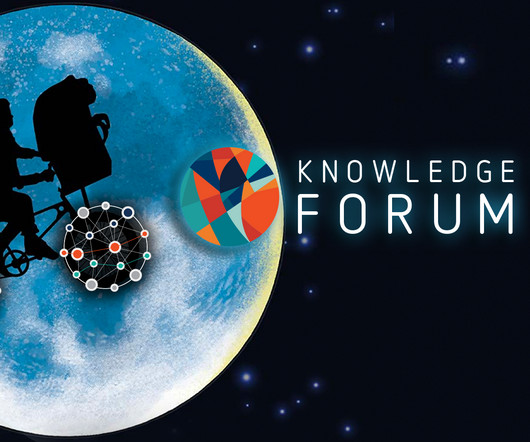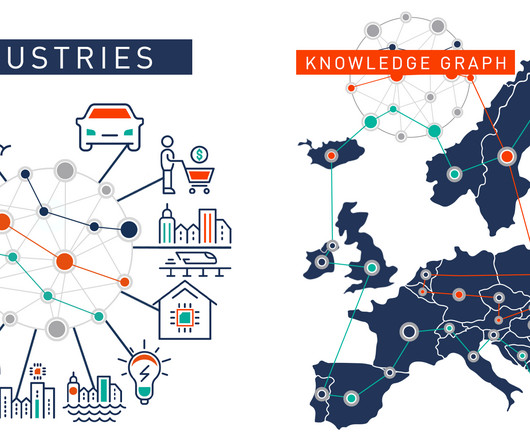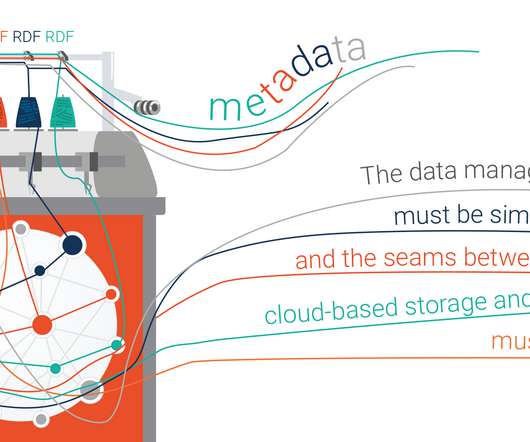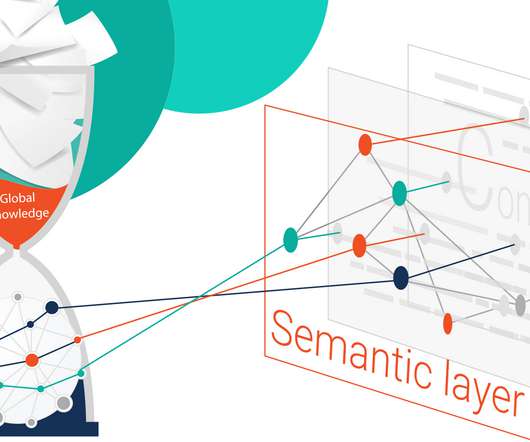Are You Content with Your Organization’s Content Strategy?
Rocket-Powered Data Science
JULY 6, 2021
Techniques that both enable (contribute to) and benefit from smart content are content discovery, machine learning, knowledge graphs, semantic linked data, semantic data integration, knowledge discovery, and knowledge management. Collect, curate, and catalog (i.e.,














Let's personalize your content